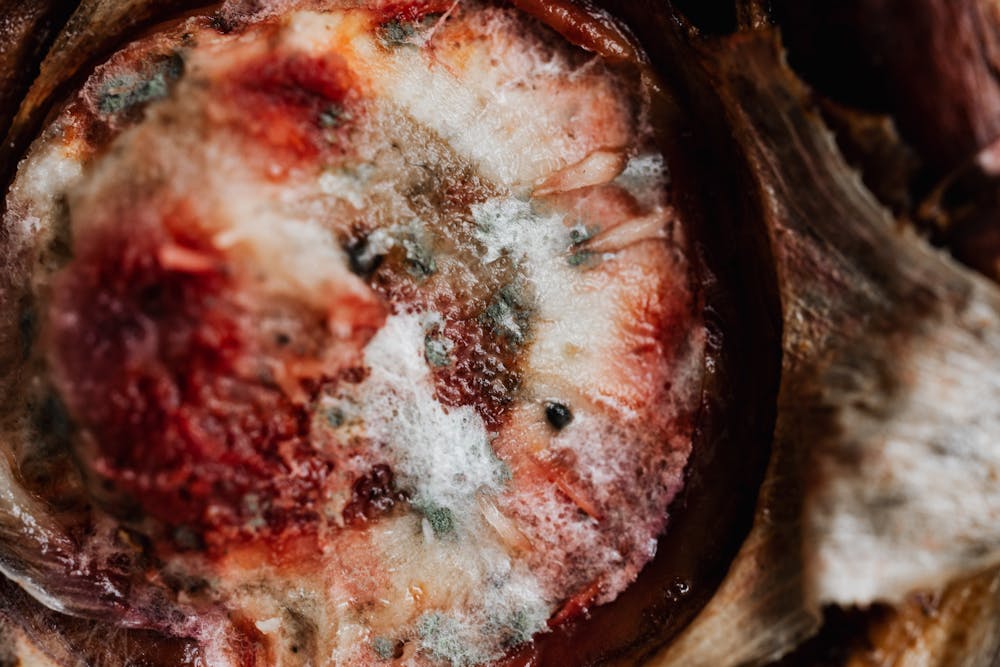Fiber plays a crucial role in my diet, and I’ve come to appreciate its importance for my overall health and well-being. As I’ve learned more about nutrition, I’ve discovered the numerous benefits of incorporating fiber-rich foods into my meals. Here’s how I’ve increased my fiber intake and why it’s become a priority in my diet.
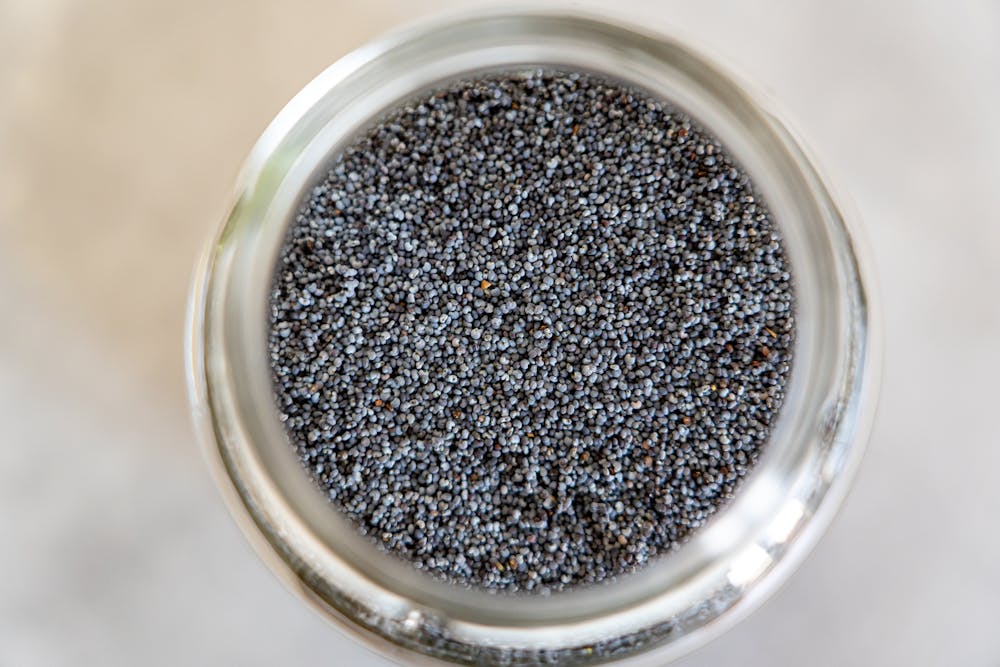 **Understanding the Importance of Fiber:**
**Understanding the Importance of Fiber:**
Fiber is often referred to as the unsung hero of nutrition, and for good reason. It’s essential for digestive health, helping to regulate bowel movements, prevent constipation, and promote regularity. Beyond digestion, fiber also plays a key role in managing blood sugar levels, lowering cholesterol levels, and supporting heart health. Additionally, fiber-rich foods tend to be more filling, which can help with weight management and appetite control.
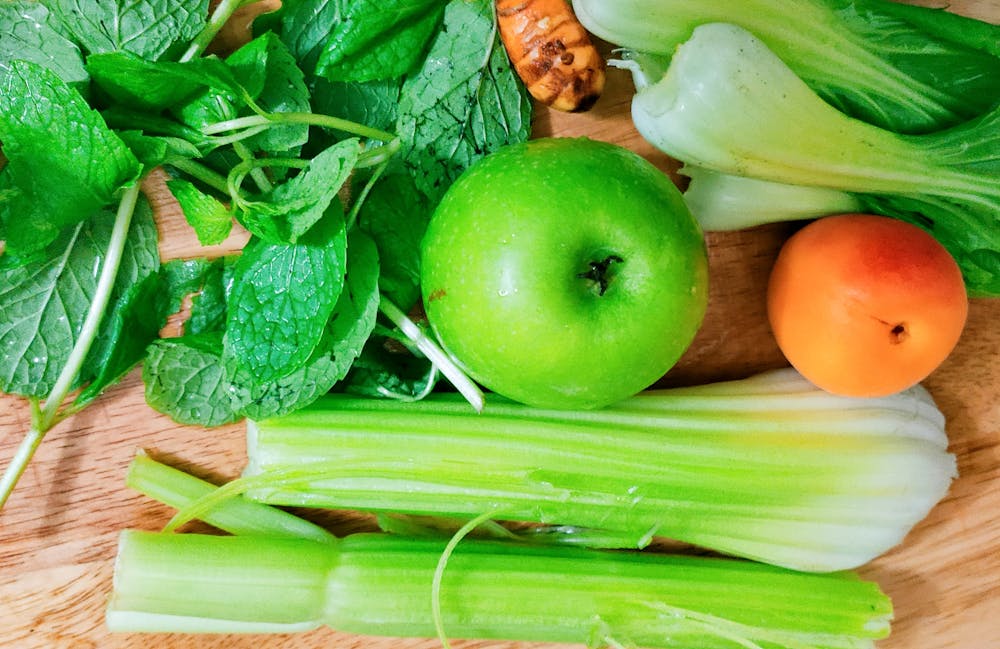 **Incorporating Fiber-Rich Foods:**
**Incorporating Fiber-Rich Foods:**
One of the easiest ways to increase fiber intake is to incorporate more fiber-rich foods into my diet. Whole grains, fruits, vegetables, legumes, nuts, and seeds are all excellent sources of fiber. I make a conscious effort to include a variety of these foods in my meals and snacks throughout the day. Some of my favorites include oats, quinoa, brown rice, berries, leafy greens, beans, lentils, almonds, and chia seeds.
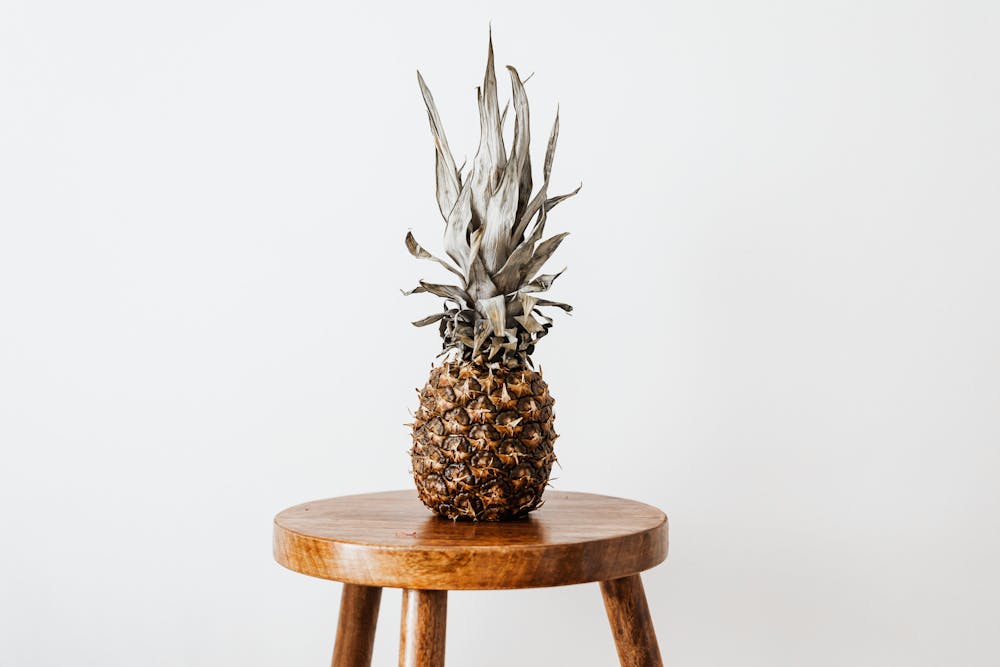 **Choosing Whole Grains:**
**Choosing Whole Grains:**
Switching to whole grains is a simple yet effective way to boost fiber intake. Instead of refined grains like white bread and pasta, I opt for whole grain options such as whole wheat bread, brown rice, barley, and oats. Whole grains retain the bran and germ, where most of the fiber and nutrients are found, making them a more nutritious choice for overall health.
 **Eating Plenty of Fruits and Vegetables:**
**Eating Plenty of Fruits and Vegetables:**
Fruits and vegetables are naturally rich in fiber, as well as vitamins, minerals, and antioxidants. I aim to include a variety of colorful fruits and vegetables in my meals to maximize nutrient intake and fiber content. From leafy greens and cruciferous vegetables to berries and citrus fruits, there are countless options to choose from to add flavor and texture to my meals while boosting fiber intake.
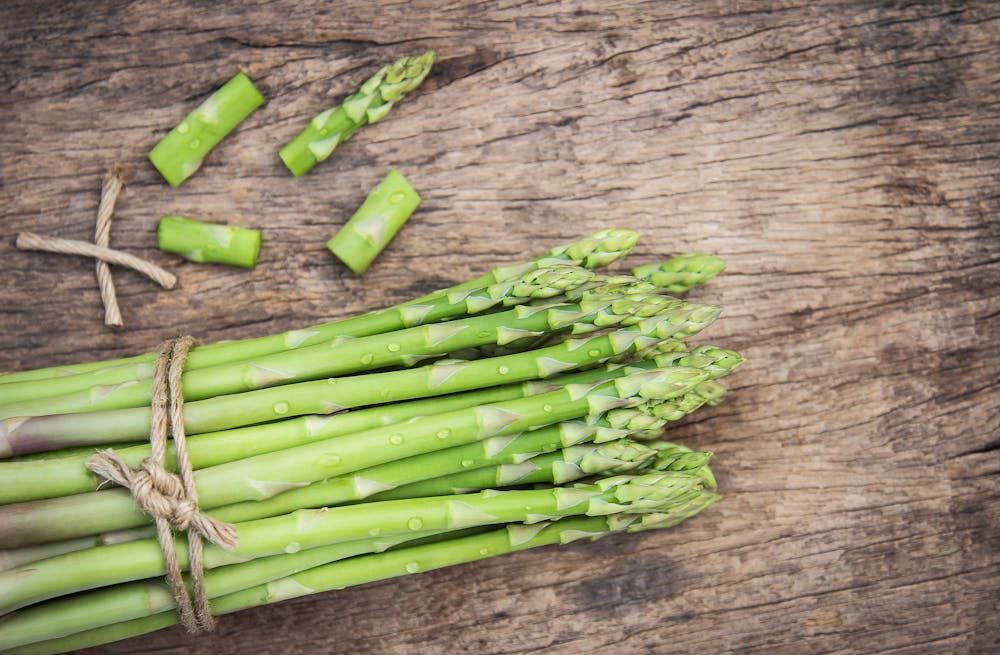 **Snacking on Nuts and Seeds:**
**Snacking on Nuts and Seeds:**
Nuts and seeds are nutrient-dense snacks that are also rich in fiber. I enjoy adding nuts and seeds to my meals and snacks for a satisfying crunch and a dose of healthy fats and fiber. Almonds, walnuts, chia seeds, flaxseeds, and pumpkin seeds are some of my go-to options for adding texture and nutrition to salads, yogurt, oatmeal, and smoothies.
 **Gradual Increases and Hydration:**
**Gradual Increases and Hydration:**
When increasing fiber intake, it’s important to do so gradually and drink plenty of water to prevent digestive discomfort. I’ve found that gradually adding fiber-rich foods to my diet allows my digestive system to adjust gradually. Staying hydrated also helps fiber move through the digestive tract more smoothly, promoting optimal digestion and absorption of nutrients.
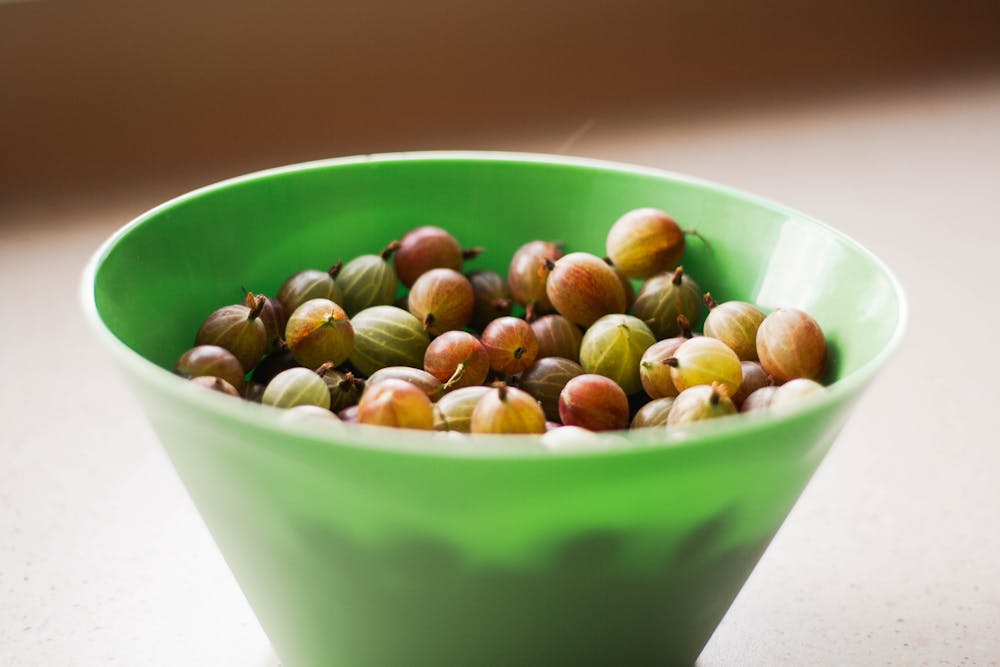 **Experimenting with New Recipes:**
**Experimenting with New Recipes:**
Exploring new recipes and cooking methods has been a fun way to incorporate more fiber-rich foods into my diet. I enjoy experimenting with different grains, vegetables, and legumes to create hearty and satisfying meals that are also packed with fiber and flavor. From soups and stews to stir-fries and grain bowls, there are endless possibilities for incorporating fiber-rich ingredients into delicious and nutritious dishes.
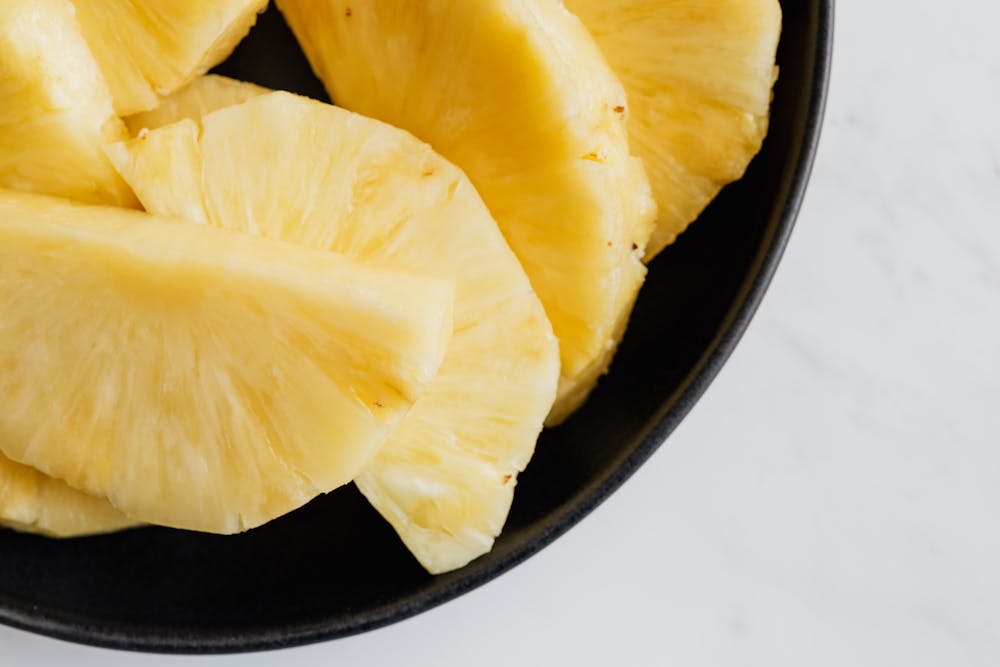 In conclusion, fiber plays a vital role in my diet, and I’ve made it a priority to increase my intake for better health and well-being. By incorporating fiber-rich foods like whole grains, fruits, vegetables, legumes, nuts, and seeds into my meals and snacks, I’m able to support digestive health, manage blood sugar levels, lower cholesterol levels, and maintain a healthy weight. With a balanced and varied diet that prioritizes fiber-rich foods, I’m able to nourish my body and thrive each day.
In conclusion, fiber plays a vital role in my diet, and I’ve made it a priority to increase my intake for better health and well-being. By incorporating fiber-rich foods like whole grains, fruits, vegetables, legumes, nuts, and seeds into my meals and snacks, I’m able to support digestive health, manage blood sugar levels, lower cholesterol levels, and maintain a healthy weight. With a balanced and varied diet that prioritizes fiber-rich foods, I’m able to nourish my body and thrive each day.
